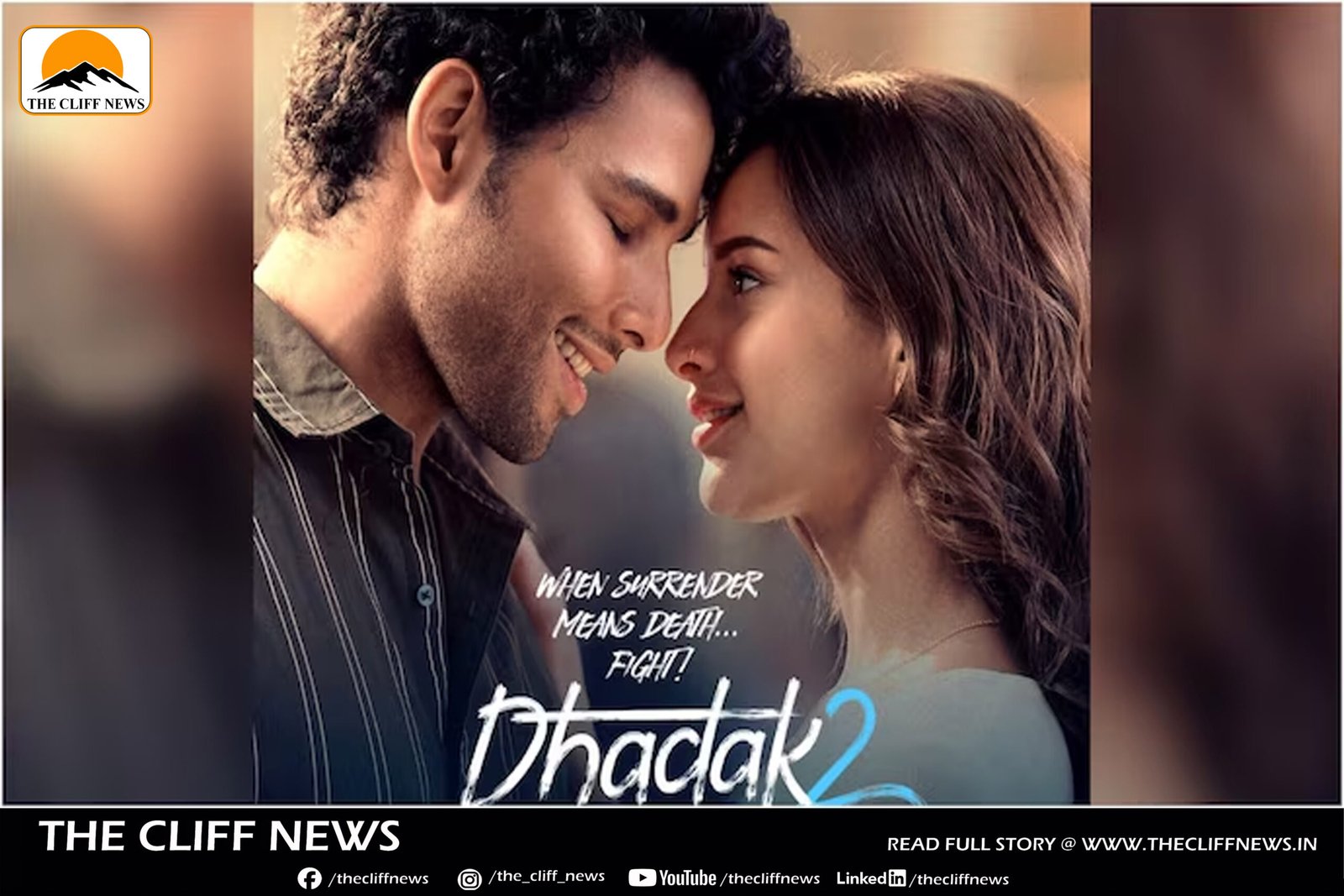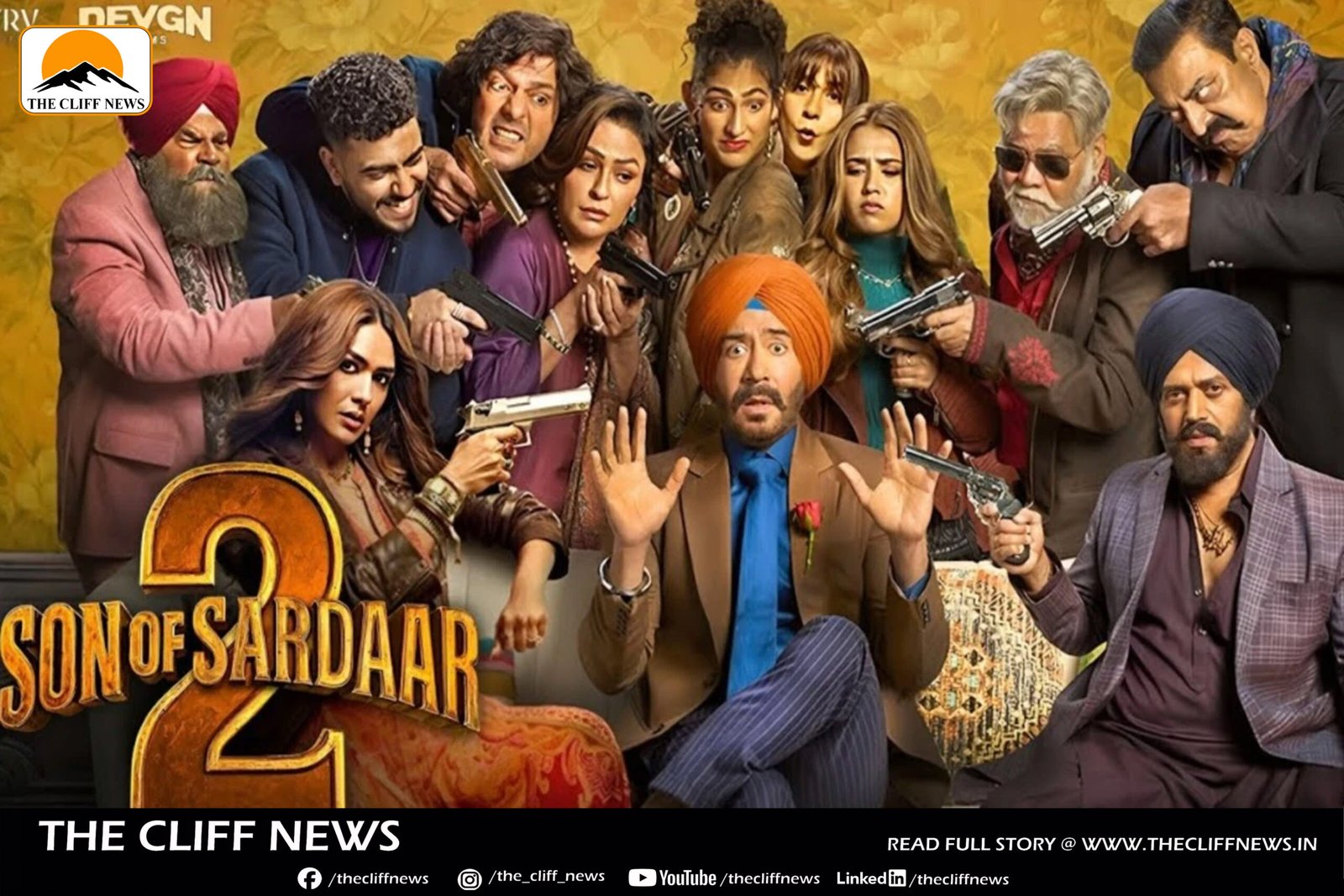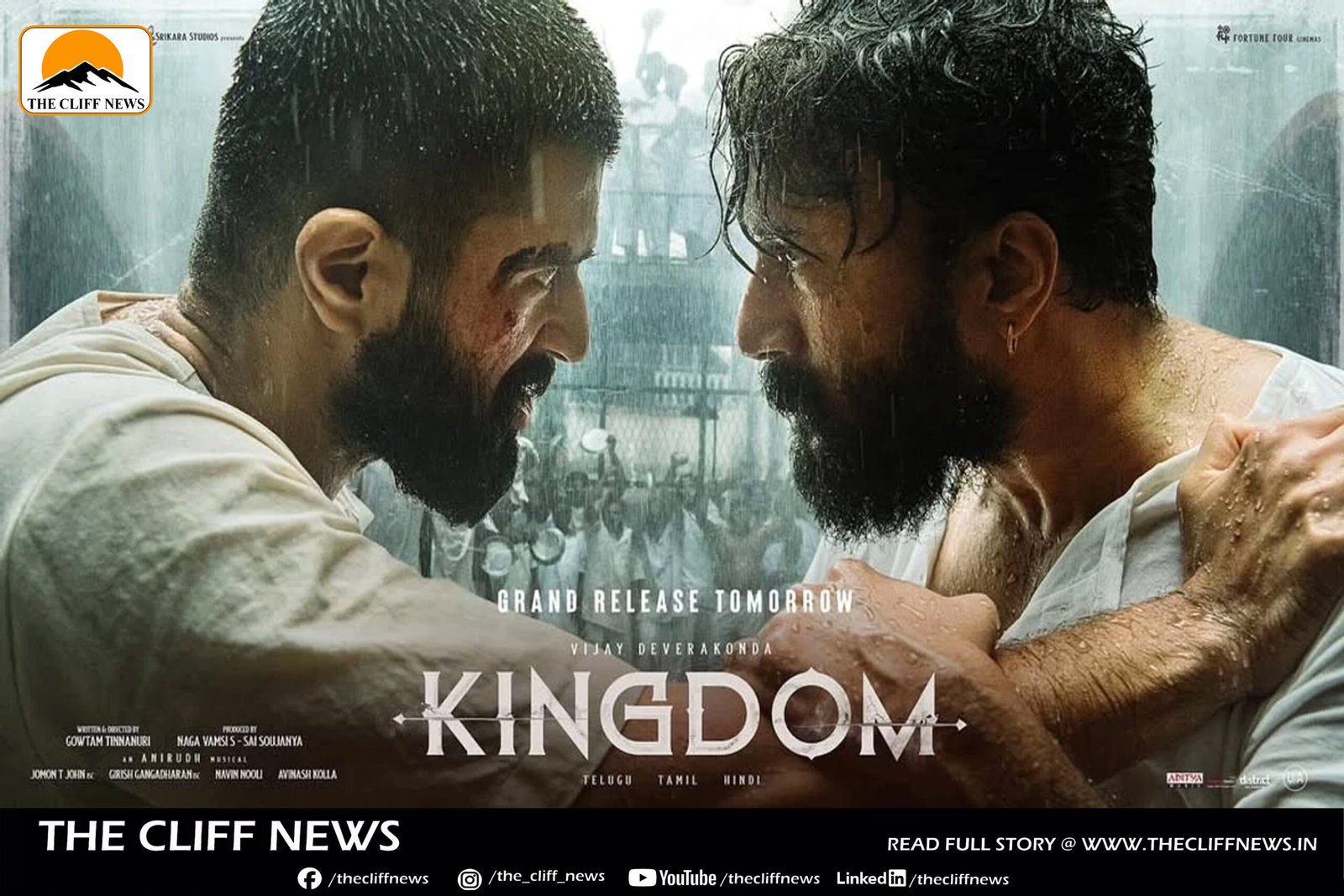Shazia Iqbal’s Dhadak 2 opens with the promise of searing social critique, yet the final moments—Triptii Dimri’s anguished scream—clang more than they resonate. The film bravely tackles caste-based atrocities, but lacks the fearless conviction of its inspiration, Pariyerum Perumal. What could have been a blistering political statement is instead diluted, as if softened to sidestep controversy.
Performances That Shine Through
- Siddhant Chaturvedi delivers his career-best as Neelesh, a young man crushed by the weight of caste shame. His pain is palpable in each haunted glance.
- Triptii Dimri reunites with her Laila Majnu intensity as Vidhi, matching Chaturvedi’s fire in many scenes. Their chemistry cuts deep, even when the script pulls its punches.
- Anubha Fatehpura and Vipin Sharma bring quiet dignity to Neelesh’s parents, embodying resilience and sorrow in equal measure.
- Zakir Hussain lends moral gravitas as the college principal—the catalyst for Neelesh’s awakening.
- The supporting ensemble—Manjari Pupala, Saad Bilgrami, Harish Khanna, Priyank Tiwari, Aditya Thakare, and Saurabh Sachdeva—all contribute committed work, though a few never quite attain genuine menace or empathy.
Moments of True Impact—and Missed Opportunities
The film’s greatest flaw is its inconsistency. Neelesh’s ordeals—his pet’s brutal killing, a senior’s suicide, Vidhi’s cousin’s humiliation, his father’s public shaming—each strike hard. Yet these blows come in disjointed bursts, never sustained long enough to break your heart. The narrative oscillates between powerful set pieces and lukewarm interludes.
Cameos of political barbs—Vijay Mallya insisting he “doesn’t cheat,” Arvind Kejriwal declining political office—add satirical spice, while Vidhi’s impassioned monologue on “ghar ki izzat” dismantles patriarchal taboos around clothing and behavior. Neelesh’s father offers a stirring redefinition of gender roles. These flashes of boldness remind us that the film’s core is sound—even if it seldom follows through.
Craft and Symbolism
Visually, Dhadak 2 is striking. Shazia Iqbal weaves the colour blue throughout—an emblem of the Jai Bhim movement—while dignified portraits of Dr. B.R. Ambedkar, Savitribai Phule, and Jyotirao Phule anchor the narrative in India’s social justice lineage. Anirudh’s score pulses with urgency, and the cinematography captures both the intimate and the epic.
Final Verdict
From Sairat (2016) to Dhadak (2018), Pariyerum Perumal (2018), and now Dhadak 2 (2025), society’s caste wounds persist—and so do filmmakers’ struggles to address them fully. Dhadak 2 has its heart firmly in the right place and boasts compelling performances and moments of genuine power. Yet its muted roar and cautious storytelling keep it from being the unapologetic wake-up call it could have been.
Rating: 3/5
A heartfelt pulse, but never a thunderous beat.



